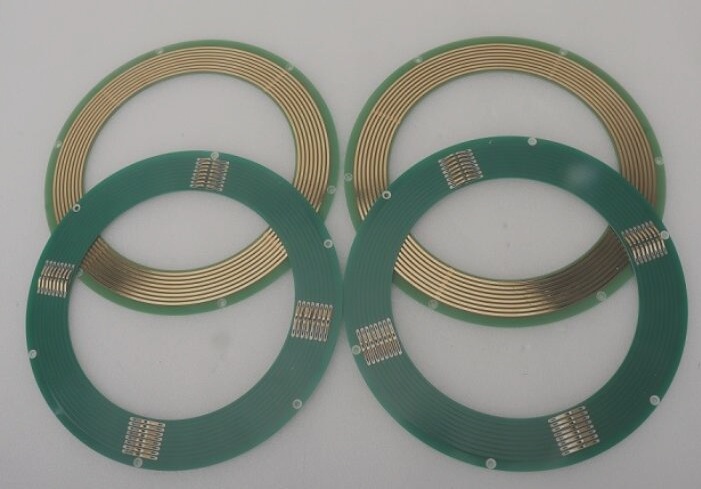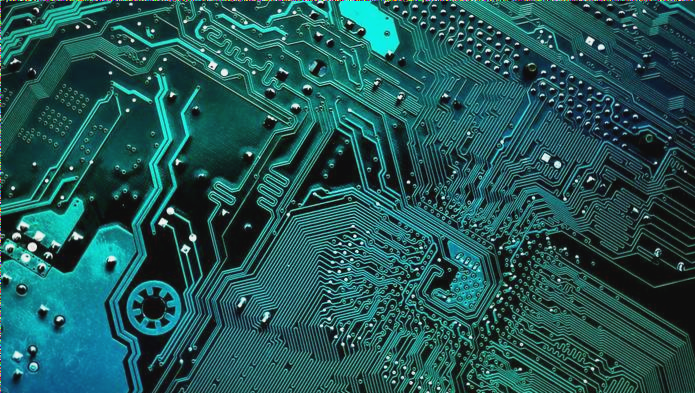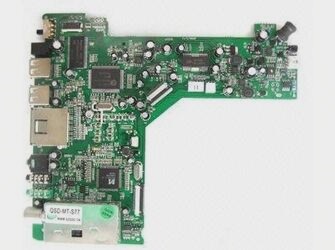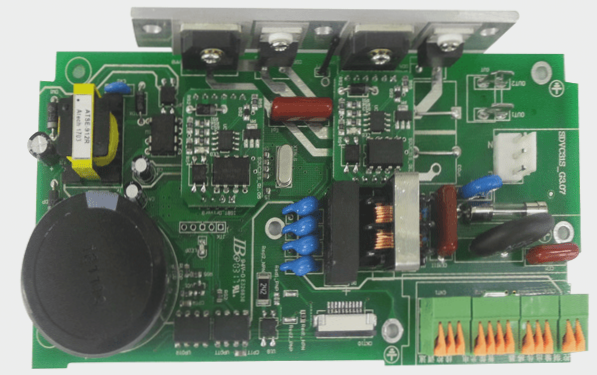Misconceptions About FPGA Power Consumption
Misconception 1: There are numerous gates left in the FPGA, so you can freely experiment.
Explanation: The power usage of an FPGA is directly linked to the number of flip-flops and flips utilized. Thus, the power consumption of the same FPGA model can vary significantly based on the circuits and operations. Minimizing flip-flop usage is crucial for reducing power consumption in high-speed operations.
Common Misunderstandings in PCB Design
Misconception 2: The PCB design for this board doesn’t require much, just use thinner wires and let the system arrange them automatically.
Explanation: Automatic routing often increases PCB area usage and creates more vias compared to manual routing. PCB manufacturers focus on reducing costs through factors like line width, overpasses, and hole numbers, impacting PCB yield and drill bit consumption.
Optimizing Unused I/O Ports in CPU and FPGA
Misconception 3: What to do with unused I/O ports in CPUs and FPGAs? Leave them unconnected.
Explanation: Leaving unused I/O ports floating can lead to unwanted oscillations due to external interference. To minimize power consumption, it’s best to configure unused ports as outputs to avoid unnecessary current flow.
Effective Signal Management with Resistors
Misconception 4: All bus signals should be pulled by resistors.
Explanation: Not all signals require pull-up or pull-down resistors. Pull-up resistors are suitable for simple input signals, but using them on driven signals can lead to higher current consumption. Careful consideration should be given to avoid unnecessary power loss.
Collaborative Efforts in Power Reduction
Misconception 5: Reducing power consumption is solely the responsibility of hardware personnel, with no software involvement.
Explanation: Hardware sets the stage, but software plays a crucial role in controlling chip access and signal operations. Efficient software practices, such as minimizing memory accesses and optimizing interrupt handling, significantly contribute to reducing overall power consumption.




